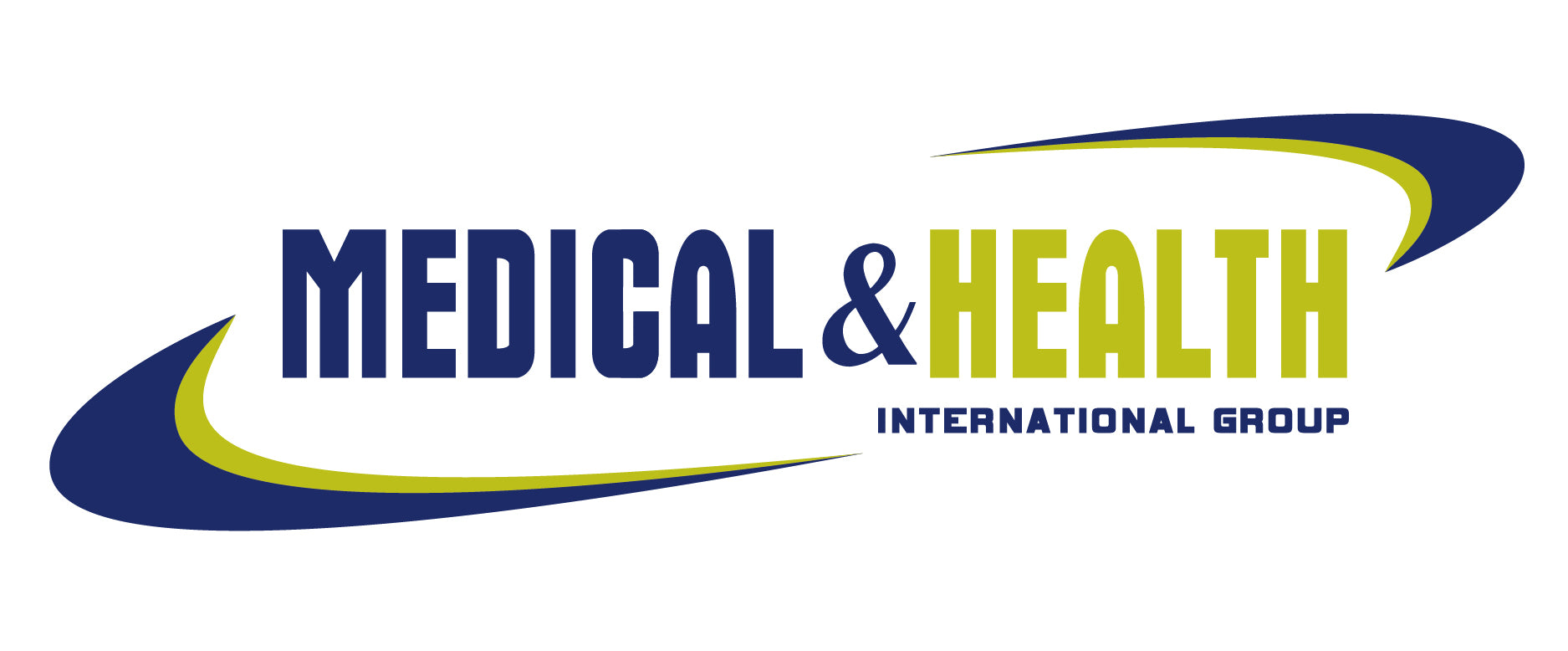
PEG has a vast number of applications in the medical industry, and the list continues to grow. Due to its non-toxicity and high solubility, it lends itself to many pharmaceutical and biomedical applications.
To begin with, possibly the most common application of PEG in the medical industry is its use in laxatives. Because PEG can apply osmotic pressure, it can draw water into the waste matter, providing a laxative effect.
In a similar scenario, PEG is often utilized during whole bowel irrigations to prepare the gastrointestinal tract for investigation or surgery. PEG is also used in many pharmaceutical creams, ointments, and medical solvents.
Peptides, proteins, or oligonucleotides are used as drug targets for various illnesses. PEG can be used to bioconjugate itself to the target, by coupling itself with the target molecule to optimize the pharmacokinetic properties of drug treatment.
PEG can be used as an inactive substance that acts as the vehicle for a drug. The process of drug delivery relies heavily on PEG because the compound can link together antibody-drug conjugates (ADCs). It can also be used to improve systematic drug delivery by adding it as a surface coating on nanoparticles. PEG can also be used to slow the clearance of coated proteins from the blood in biomedicines.
PEG hydrogels are also used in drug delivery, as well as in tissue engineering. PEG hydrogels are polymer networks that are created by crosslinking reactive PEG end groups, resulting in gels that are resistant to protein biodegradation and adhesion. These properties are beneficial to tissue engineering and drug delivery.
In vitro assays have also become dependent on PEG, using it to mimic crowded cellular conditions to allow researchers to research intracellular environments outside of the body.
Protein analysis is another biomedical area that utilizes PEG, which is used in several applications in this field. The compound is used as a precipitant for DNA isolation as well as for cell crystallization, helping to reveal the atomic structure of proteins.
Gene therapy uses PEG to coat vectors, for example, viruses, to protect them from being inactivated by the immune system, and to de-target them in the organs, preventing their potentially toxic effect.
PEG is also particularly essential in blood banks, where it is used to enhance the salience of antibodies and antigens.
The future is likely to see more medical applications of PEG develop. One current focus of research in this area is exploring how PEG can be used in the spinal cord and peripheral nerve injury, by employing it to fuse axons that have been compromised.
